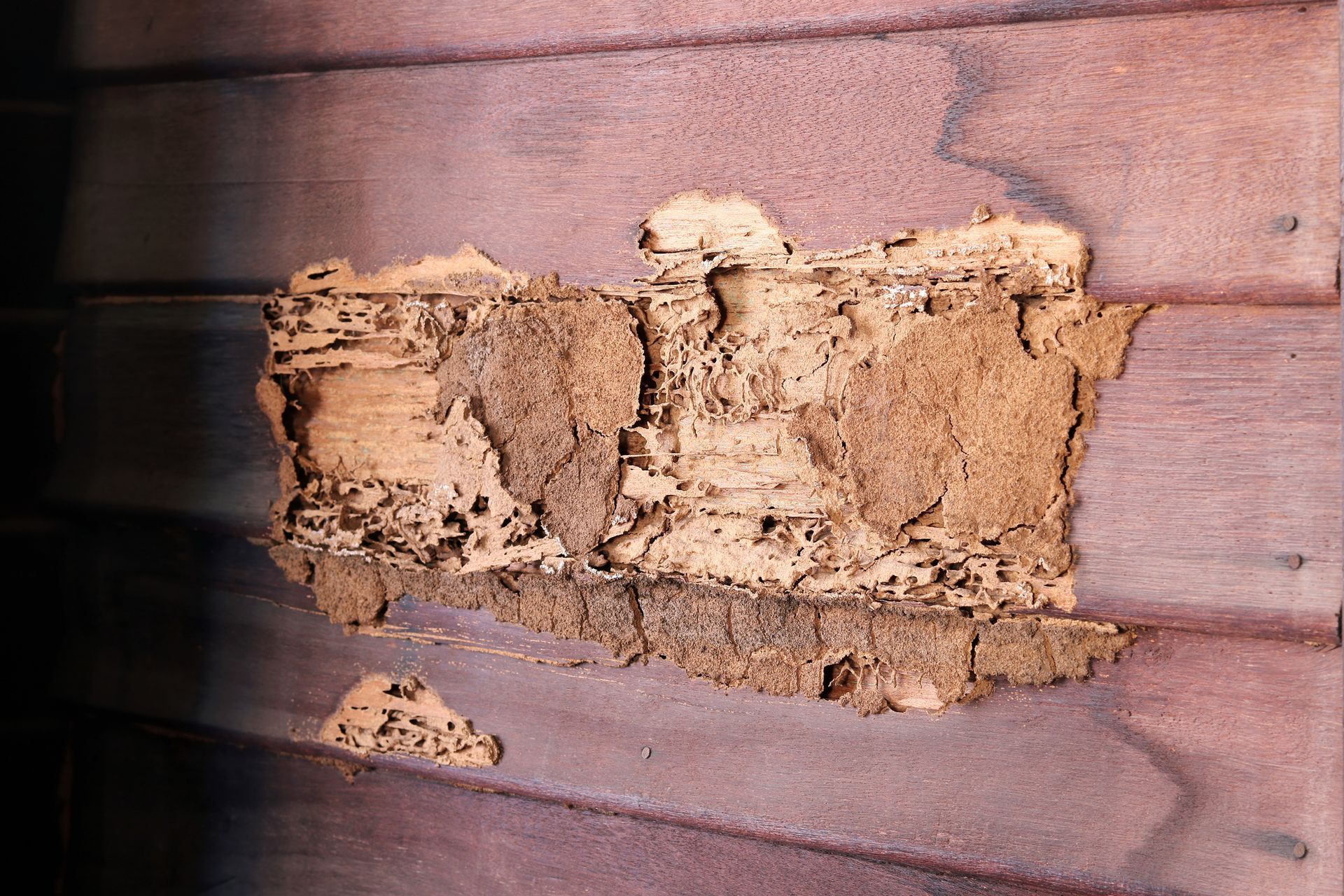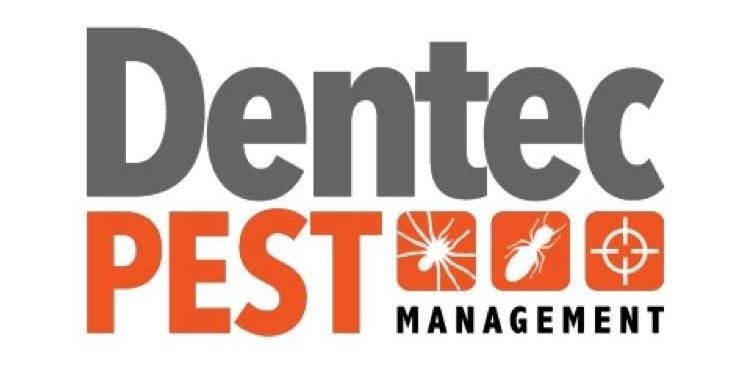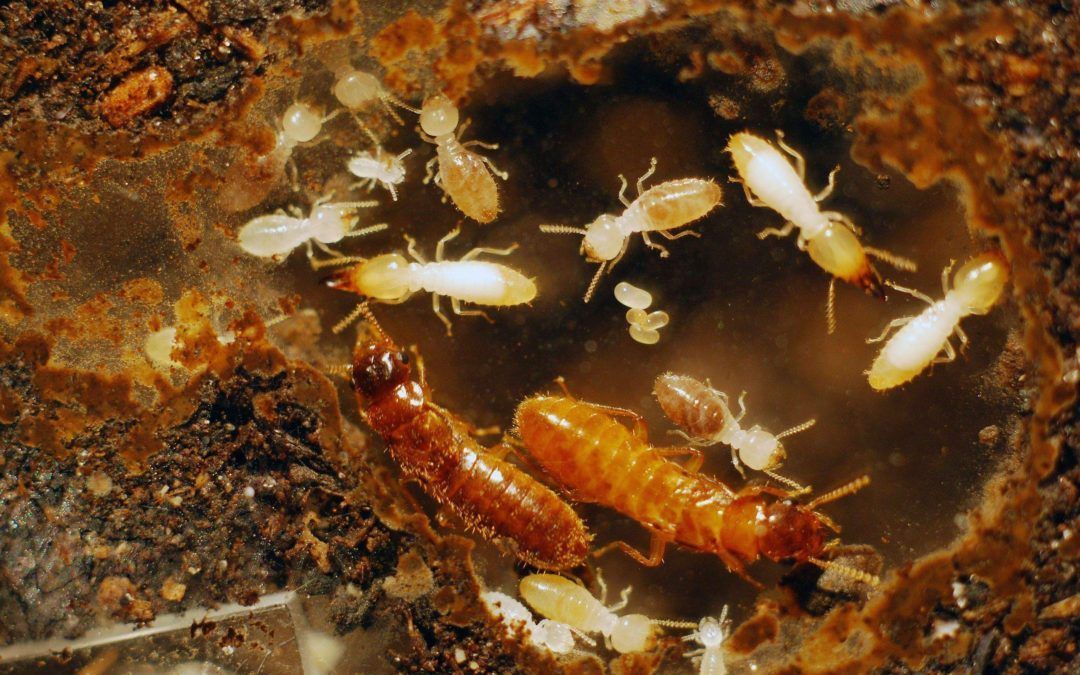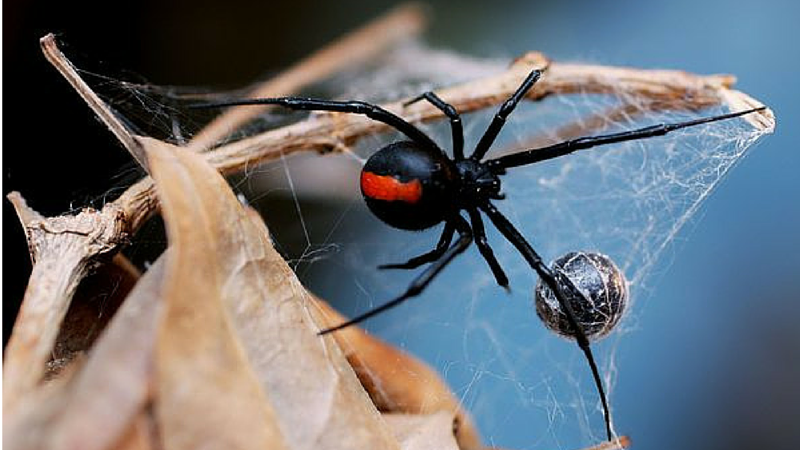Everything You Need To Know About Wood Termites
Wood Termites: Understand Them, Prevent Them, Get Rid of Them
Termites are fascinating creatures. There are almost 3,000 varieties and they look like ants but are technically not ants, just distantly related.
How long have termites been on this planet? Millions of years. If the extent of your prehistory knowledge is the movie Jurassic Park, termites were probably around in those days. Fossils are very useful in this respect, and if termite fossils are not the most spectacular, they are as useful as the bigger ones for piecing together information about times when no one was writing things down or taking pictures.
People don't like termites because they destroy property. They eat wood, which weakens buildings and can cause catastrophic damage. If fear is often caused by ignorance, many people, not least in this part of Australia, are afraid of termites because they don't know what to do about them. Fortunately, there are companies that do know, and we are such a company. Termites are creatures of habit and as such are predictable, which makes them easier to deal with.
Oddly, termites actually have their uses. In addition to wood, they eat vegetable debris like leaf mould, so in that way they are in a sense helping to get rid of nature's detritus. In certain countries they are even used in cooking as a spice, while they also play a part in traditional remedies in societies where people would try anything in the absence of what we now take for granted as mainstream medicine.
Most commonly, though, humankind doesn't like wood termites. They are destructive and they must be eradicated: that is the thinking.
What Kinds of Wood do Termites Eat?
Termites are not particularly fussy eaters. They appear to like pine, spruce and fir, even oak, despite that being traditionally regarded as tough and great for construction.
They may be daunted by some of the exotic hardwoods such as greenheart, from north-eastern South American countries such as Guyana, which is so hard it's difficult to hammer a nail into it, but termites will happily chomp on a nice burger of plywood or an additive-filled concoction like chipboard or MDF. Teak and redwood contain oils and chemicals they are not so keen on, while pressure-treated timber and processed bamboo don't often make it onto a termite menu. But how much processed bamboo do you see at the local hardware store or timber yard?
Generally speaking, you can't build a termite-proof house just by using expensive, perhaps hard-to-find timber. Use the best stuff for the job and have it treated, that is the answer.
Identifying Wood Termites
There are strict biological and physiological definitions of termites, so if you are interested you can isolate one and examine it. Maybe take an ant too and compare them (although they look so similar to the naked eye that it will be difficult to know if you've got one of each until you get them under your microscope or magnifying glass. Termites are not as shapely as ants. They have a thicker waist, while ants have what has been described in female humans as an "hourglass figure".
A termite's antennae are straight while an ant's antennae are bent, and they are pale rather than dark like ants, which has given rise to the erroneous name "white ants".
Got all that? So, are you looking at an ant or a termite? Is your property home to huge colony of ants or a vast, insidious army of termites? You don't want either, but while ants in the house are just a rather off-putting nuisance, termites are trouble.
Why Learn About Wood Termites?
Someone who studies insects is called an entomologist, and most of us don't want to take it that far. Even we at Dentec Pest Management are not entomologists. We are in the Dubbo pest control business and we know enough about these pesky creatures to understand their habits and therefore see what they're up to and what comes next. We deal with all sorts of pests, from cockroaches and rodents to spiders, fleas and bedbugs. And termites.

Signs that you Have Termites
Do you know what a termite nest looks like? We can spot a termite nest in your yard, and the mud tunnels they make to scurry to and from the nest on their daily business of damaging your property. We know different types of termites and their particular habits as well as the local pest control methods that work.
As a householder or property owner, you don't really have to know anything about insects. All you have to do is contact us and we'll come and do an inspection of your property. If you've got a termite problem, we can resolve it for you.
We are also called in during the construction of buildings to apply treatments to vulnerable parts such as joists and floor supports. These can stop termites from using your paid-for materials as food.
All You Really Need to Know About Termites
A: Termites are a pest that can damage and even destroy property
B: We can help you
How To Contact us to Combat Wood Termites
Contacting us couldn't be simpler. We are a family-owned and family-run company, and we believe in looking after our customers via some simple principles that are unfortunately fast disappearing from many businesses. We have a phone number, and we encourage you to use it. There is nothing like a good old phone call for setting the wheels in motion. We are a friendly, helpful bunch and will give you all the advice you need. If you want us to come and have a look at your property, we will be delighted to do that.
Because some people prefer email these days, we offer that option too. You can go into a bit more detail, giving us the whole picture with time to think it through and make sure you haven't forgotten anything important. We will get back to you and arrange a mutually convenient time to come and carry out an inspection. If that inspection shows that action needs to be taken swiftly, we'll be on the case ASAP.
In addition to these methods of contact, we have an online way for you to arrange a visit.
Termites can be trouble, but have no fear: we know them, we understand them, and we know how to defeat them with termite pest control.




